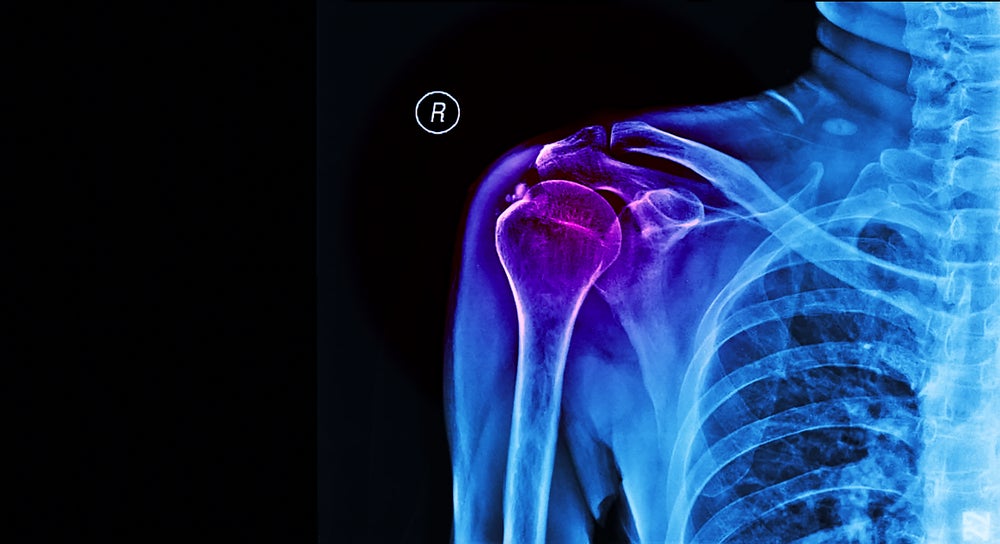Shoulder Innovations has secured a significant milestone with its recent $40 million Series E equity financing round. The funding, led by US Venture Partners alongside other notable investors, signals a strong vote of confidence in the company’s innovative approach to shoulder arthroplasty.
A primary objective of this funding round is the acceleration of the commercial rollout of Shoulder Innovations’ InSet Total Shoulder and Reverse Shoulder Arthroplasty Systems. These are designed to address the limitations of traditional shoulder implants by focusing on durability, ease of implantation and patient outcomes. Given the increasing prevalence of shoulder-related degenerative conditions and injuries, this investment strategically positions Shoulder Innovations to capitalise on the growing demand for advanced arthroplasty solutions.
A key technological advancement supported by this funding is the refinement and broader implementation of InSet Glenoid technology. Glenoid loosening remains a primary cause of failure in total shoulder arthroplasty (TSA), often leading to revision surgeries and increased healthcare costs. By embedding the implant within a sclerotic bone pocket, InSet Glenoid technology aims to reduce mechanical stress at the bone-implant interface. Such innovations not only enhance surgical outcomes but also contribute to cost savings by reducing the need for revision procedures.
Ageing populations and sports-related injuries are fuelling demand
Shoulder Innovations’ InSet Reverse System represents another crucial development in the field. Reverse shoulder arthroplasty has gained popularity as an effective solution for managing complex shoulder conditions, including rotator cuff arthropathy and severe osteoarthritis. The InSet Reverse System is engineered to provide a reproducible solution while maintaining biomechanical integrity. The availability of such advanced systems is essential as the ageing population and sports-related injuries continue to drive the demand for shoulder arthroplasty procedures.
The durability and reliability of the InSet Glenoid technology and the InSet Reverse System contribute to fewer complications, shorter hospital stays and reduced need for revision surgeries. These factors align with the broader healthcare trend of prioritising value-based care in which improved patient outcomes are achieved with cost-efficient medical solutions. The expansion of Shoulder Innovations’ product portfolio could further strengthen its market position, enabling it to compete with established orthopaedic device manufacturers. As the orthopaedic surgery field increasingly incorporates digital health and data-driven decision-making, Shoulder Innovations may explore advancements in pre-operative planning software, intra-operative navigation or post-surgical monitoring technologies. Such integrations could further enhance the precision and effectiveness of shoulder arthroplasty procedures.





